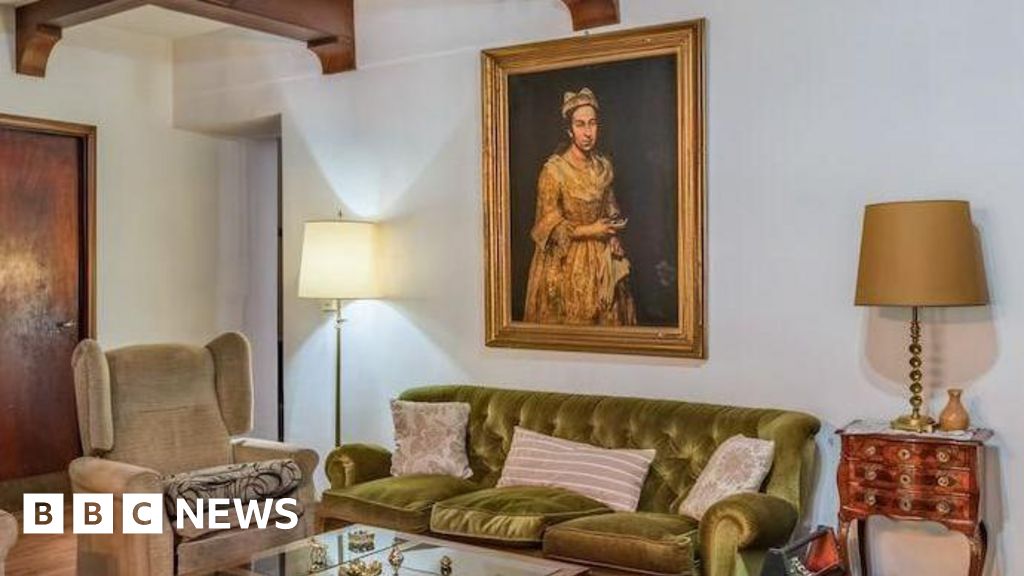A painting stolen by the Nazis, spotted in an Argentine estate agent's advert, has vanished, prompting a federal prosecutor to open an investigation. The artwork, known as Portrait of a Lady by Giuseppe Ghislandi, was hung above a sofa at a property listed for sale by a daughter of a senior Nazi who fled Germany post-World War Two.
During a recent police raid on the home, no trace of the painting was found, though authorities seized two firearms. Federal prosecutor Carlos Martínez expressed concerns that this could indicate a cover-up of a smuggling scheme.
Reports highlight that the furnishings were rearranged, with the painting conspicuously absent by the time law enforcement entered the residence. According to Peter Schouten from the Dutch Algemeen Dagblad, which first reported the painting's resurgence, there are implications that the painting may have been taken down shortly before the raid or soon after it was publicized.
Originally a part of the collection belonging to Amsterdam art dealer Jacques Goudstikker—whose possessions were forcibly sold by the Nazis—most of his works have not been recovered. Although some of these pieces ended up in the Dutch national collection, Ghislandi's portrait had remained lost for over 80 years.
The investigation also uncovered documents suggesting that the painting was previously owned by Friedrich Kadgien, an SS officer associated with Hermann Göring, who had taken up residence in Argentina after the war. Kadgien passed away in 1979, and during an investigation into his assets, officials noted the possibility of significant value associated with these stolen artworks.
Discouragingly, attempts to reach Kadgien's daughters for comments have been unsuccessful. Amidst these misunderstandings, lawyers for the Goudstikker estate assert their commitment to reclaiming the painting, with Goudstikker's sole surviving heir, Marei von Saher, aiming to restore her family's legacy by recovering all artworks stolen from their collection.
As this story unfolds, more light is shed on the broader topic of the repatriation of art looted during conflict, highlighting the moral responsibility to restore cultural heritage to rightful owners.




















